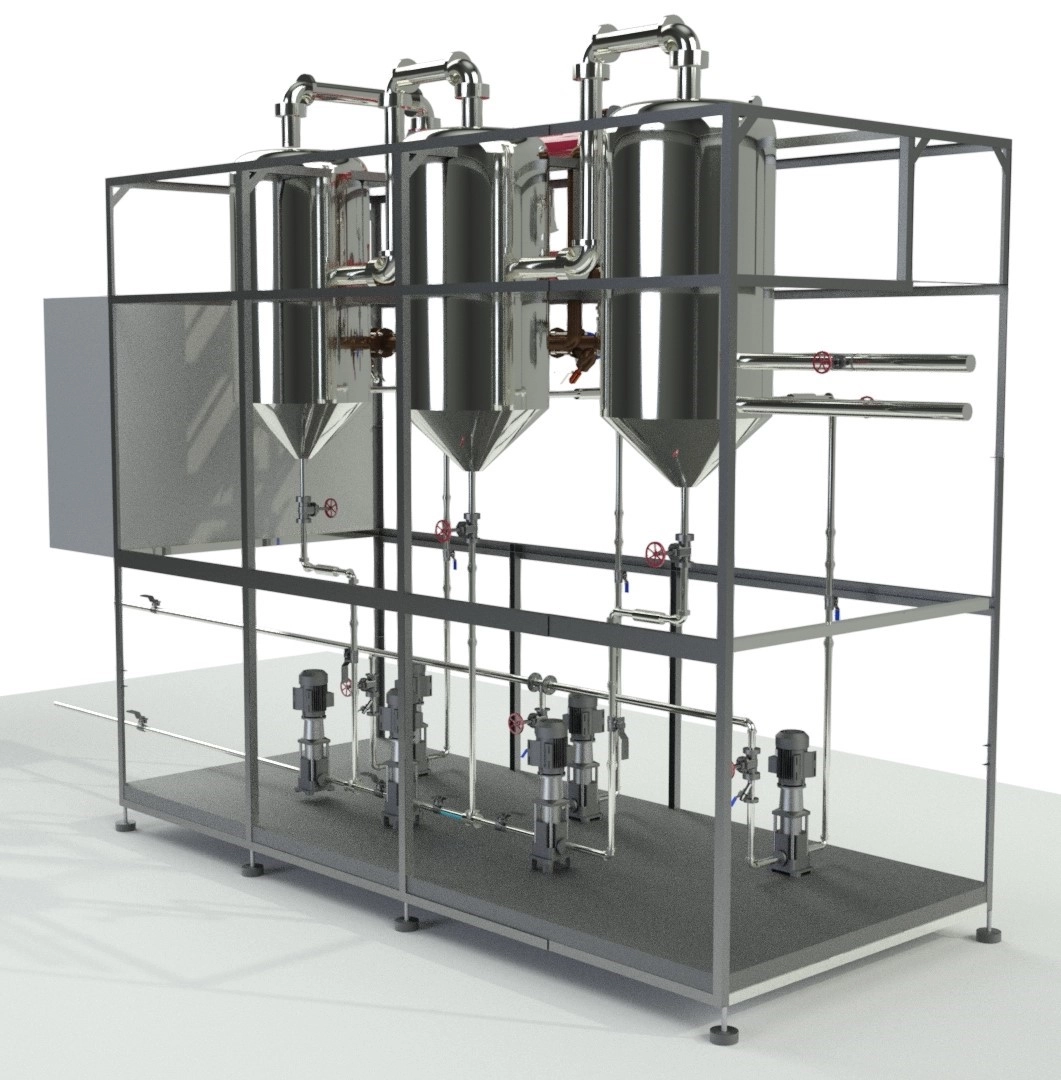

A multiple effect evaporator is an apparatus that efficiently uses the heat from steam to evaporate water. In a multiple effect evaporator, water is boiled in a sequence of vessels, each of which is at a lower pressure than the last.
Multiple Effect Evaporator: Forward Feed, Backward Feed, Parallel Feed for Multi-Effect Evaporation. A Multiple Effect Evaporator (MEE) can efficiently use the heat from steam to evaporate water and can adopt a forward feed, backward feed or parallel feed designs for its multi-effect evaporation process.
